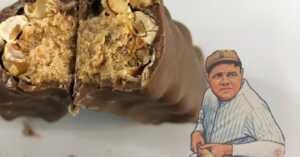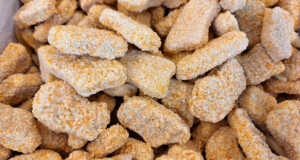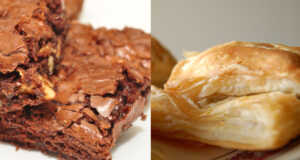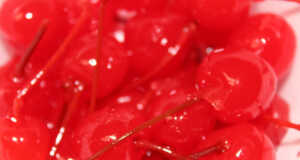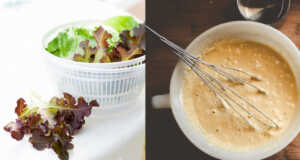Wine is quickly becoming one of the more popular drinks to enjoy in the evening or with a nice meal. It can help you unwind and it can be a hobby, all on its own. Although you might know a lot about wine itself, have you ever considered the small piece of cork that keeps the drink in the bottle and saves it from spilling? The process of producing a wine cork is no short endeavor, but when you see how it’s done, you may just appreciate the cork as much as the drink inside.
First of all, true cork is developed from the bark of the Cork Oak tree. Spain, Portugal, and nearby Mediterranean countries are where you will find this tree. It takes about 25 years for the tree to reach maturity, but once that happens, cork harvesters can come out to strip the bark with an ax.
The bark removal process is done by hand. In addition, they will mark the tree after harvesting so that it is not harvested too frequently. It will take at least nine years before enough bark is grown on that same tree to harvest it again. Typically, the harvest takes place every 9 to 12 years. This is a sustainable resource that is renewable, and harvesting the cork does not harm the tree. The Cork Oak will live as long as 250 years, so there will be approximately 12 harvests of cork during that time.
Annually, there are some 340,000 tonnes of cork harvested. Approximately 15% of the harvest goes toward making wine corks, even though the wine industry is responsible for 66% of the cork industry revenue.
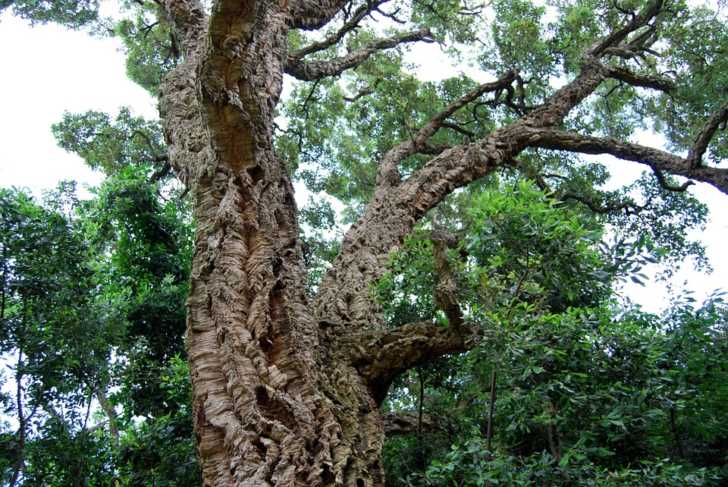
After the bark is harvested it is left to dry outside for a few months. The cork planks will then be loaded on pallets and taken to a cleaning and processing facility. They are boiled first which helps to clean and soften the cork. It also serves to flatten the bark and makes it easier to turn into wine corks.
The cork is soaked in water treated with fungicide, helping to keep any fungi or mold from becoming a problem. If any low-quality or bad bark is found, it will be removed and any remaining planks are stored in a humidity-controlled area for a number of weeks.
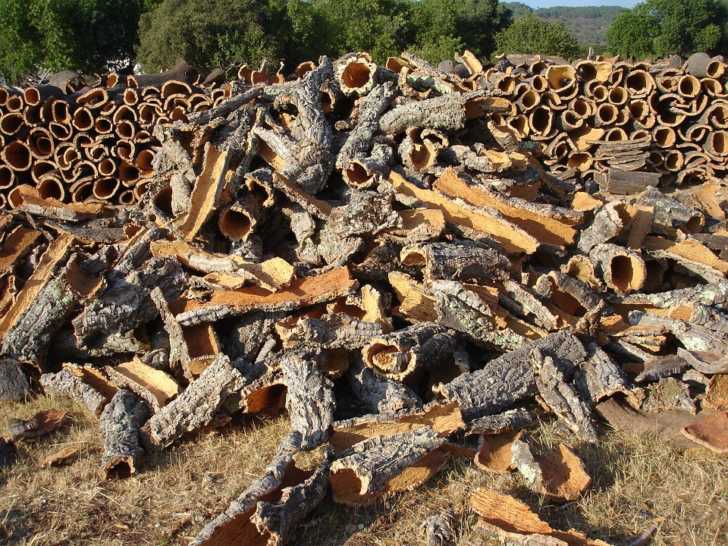
Before being cut into smaller strips, the planks are graded according to quality. The highest quality cork is hand punched into individual corks and the rest is further processed by grinding it to make technical corks. This may require further sterilizing and cleaning. Any corks are sorted optically with a machine and then they are resorted by eye to make sure they are correctly organized into the proper category. The most expensive will be the highest grade cork used for the best wine bottles.
Not all cork bark will be thick enough to make high-quality cork. After all, any gaps or cracks in the cork could cause the wine to leak out. There is also leftover cork after the processing is finished. None of the cork that is left goes to waste. Instead, it is ground-up and fused together to produce technical cork which is often used in less expensive bottles of wine.

Approximately 13 billion wine corks are produced annually. Some wine drinkers will add them to their collection while others may throw them in the trash. If you enjoy wine, you may want to try upcycling corks using a variety of projects. They may not work again in a wine bottle, but you can always make them into various projects to give them new life.
